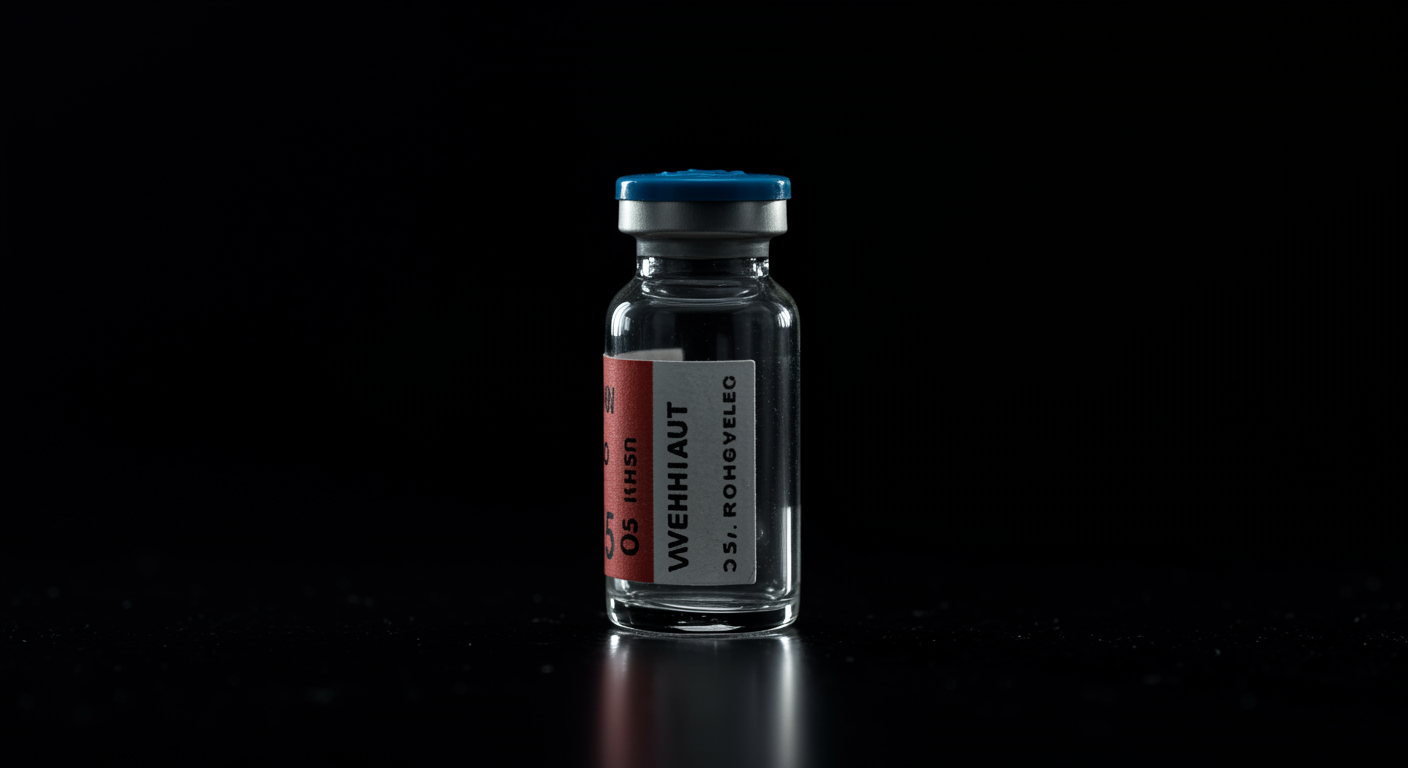Why Does Insulin Cost Hundreds of Dollars When It Was Discovered 100 Years Ago?
Despite being discovered in 1922 and costing pennies to manufacture, insulin now costs Americans $200-300 per vial due to patent manipulation strategies called “evergreening,” where pharmaceutical companies make minor modifications to extend exclusivity and prevent generic competition. This systematic exploitation of patent law has transformed Frederick Banting’s $1 gift to humanity into one of the most expensive medications in the world, forcing patients to ration life-saving treatment or face financial ruin.
Dr. Kumar’s Take
The insulin pricing crisis represents the complete corruption of pharmaceutical innovation incentives. When companies can generate billions in profits by making trivial modifications to century-old medications, we’ve created a system that rewards manipulation over genuine medical advancement. Three companies control 90% of the global insulin market, using identical strategies to maintain artificial scarcity of a medication that should be as affordable as aspirin. This isn’t capitalism - it’s legalized extortion of patients who will die without their medication.
Key Findings
The analysis reveals that insulin’s high cost results from systematic market manipulation rather than research expenses or manufacturing complexity. Patent evergreening strategies include minor modifications to insulin molecules, new delivery devices, and reformulations that extend exclusivity without meaningful therapeutic improvements. The three major insulin manufacturers - Eli Lilly, Novo Nordisk, and Sanofi - coordinate price increases and use identical strategies to prevent generic competition.
Manufacturing costs for insulin remain under $10 per vial, while retail prices exceed $300. The markup represents pure profit extraction from captive patients who cannot substitute alternative medications. Countries with price regulation maintain insulin costs under $40 per vial, proving that current U.S. prices are artificially inflated.
Brief Summary
This comprehensive analysis examines how insulin evolved from an affordable medication to one of the most expensive drugs in America over its 100-year history. The study traces patent strategies, regulatory failures, and market consolidation that enabled pharmaceutical companies to maintain exclusivity on century-old medications. Researchers analyzed pricing data, patent filings, and international comparisons to understand why insulin costs 10 times more in the U.S. than in other developed countries.
Study Design
This policy analysis combined patent database searches, pharmaceutical pricing data, regulatory documents, and international cost comparisons to understand insulin pricing mechanisms. Researchers examined evergreening strategies, analyzed the relationship between minor modifications and patent extensions, and evaluated policy interventions that have successfully reduced insulin costs in other countries. The study also assessed the impact of pricing on patient outcomes and healthcare system costs.
Results You Can Use
The research demonstrates that insulin’s high cost is entirely artificial and policy-driven rather than economically justified. Simple regulatory changes - including patent reform, generic approval pathways, and price transparency requirements - could reduce insulin costs by 80-90% without affecting innovation incentives. States that have implemented insulin price caps have successfully reduced patient costs without creating shortages or reducing access.
Why This Matters For Health And Performance
Insulin pricing directly determines survival for millions of Americans with diabetes. When patients ration insulin due to cost, they risk diabetic ketoacidosis, coma, and death within days. The financial stress of choosing between insulin and other necessities also worsens diabetes management by increasing cortisol levels and creating chronic anxiety. High insulin costs force patients into medical debt, bankruptcy, and premature death from a completely treatable condition.
How to Apply These Findings in Daily Life
- Understand that insulin’s high cost is artificial and changeable through policy reform
- Explore older insulin formulations that may be more affordable and equally effective
- Investigate state insulin access programs and emergency assistance initiatives
- Support legislation requiring patent transparency and generic approval pathways
- Contact representatives about pharmaceutical pricing reform and insulin access
- Consider insulin costs when evaluating health insurance plans and employers
- Connect with advocacy organizations working on insulin affordability
Limitations To Keep In Mind
This analysis focuses primarily on the U.S. market and may not reflect global insulin access challenges. The study period may not capture the most recent policy interventions, including Medicare’s insulin price caps and state-level reforms. Additionally, the research doesn’t fully address the complexity of diabetes management beyond insulin access, including glucose monitoring supplies and comprehensive care coordination.
Related Studies
- Insulin in America: A Right or a Privilege?
- Expenditures and Prices of Diabetes Medications 2002-2013
- Medicare Beneficiaries and Insulin Affordability
- The Internal Secretion of the Pancreas
- Episode 24: The Discovery of Insulin
FAQs
What is patent evergreening and how does it affect insulin prices?
Patent evergreening involves making minor modifications to existing medications to extend patent protection and prevent generic competition. For insulin, this includes changing delivery devices, adjusting formulations, or creating new combinations that don’t improve therapeutic outcomes but maintain market exclusivity.
Why don’t other countries have the same insulin pricing problems?
Most developed countries negotiate drug prices nationally, regulate pharmaceutical profits, and approve generic medications more readily. They treat insulin as an essential medication rather than a luxury commodity, resulting in prices 80-90% lower than U.S. costs.
What policy changes could reduce insulin costs?
Effective interventions include patent reform to prevent evergreening, streamlined generic approval processes, price transparency requirements, international price referencing, and direct government negotiation of drug prices. Several states have already implemented successful insulin price caps.
Conclusion
One hundred years after Frederick Banting gave insulin to the world for $1, we have allowed pharmaceutical companies to transform this gift into a luxury commodity that forces patients to choose between survival and financial ruin. The solution requires political will to prioritize patient welfare over pharmaceutical profits through patent reform, price regulation, and generic competition. The question isn’t whether we can afford to fix insulin pricing - it’s whether we can afford not to.


